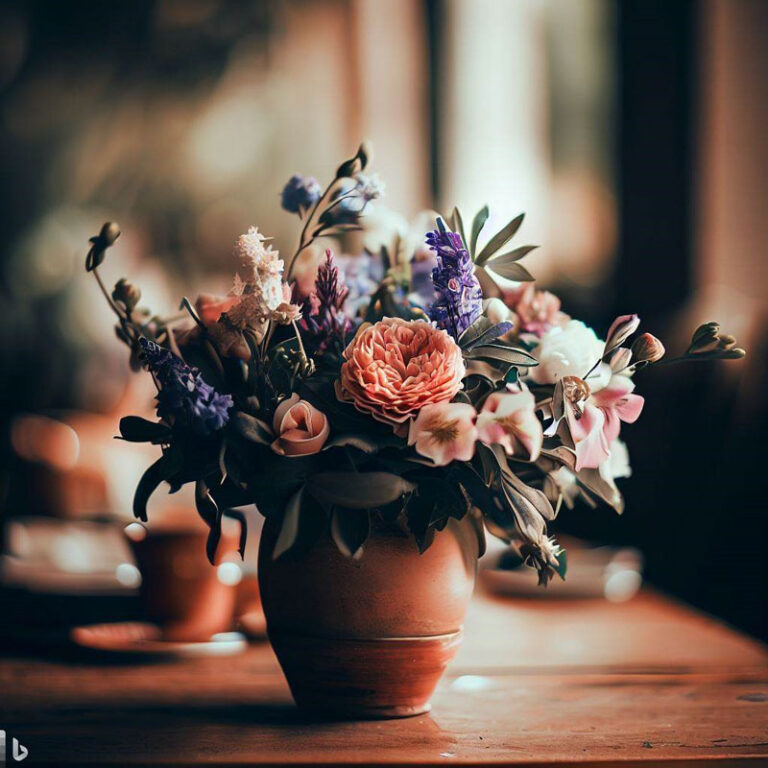The language of flowers transcends borders, making it a perfect medium for expressing sentiments. Among these sentiments, gratitude stands out as a universally appreciated emotion. Cultures worldwide have deep-rooted traditions that celebrate the expression of gratitude, many of which are often tied to the giving and receiving of flowers ordered via flowers to send when someone dies. This article will explore some of these fascinating floral gestures of gratitude, providing insights into how you can express your thankfulness through culturally conscious flower deliveries.
Arigatou: Expressing Gratitude with Flowers in Japan
In the Land of the Rising Sun, gratitude forms the cornerstone of interpersonal relationships. The Japanese concept of “arigatou” (thank you) runs deep in their culture, often finding expression in multiple aspects of life, including the language of flowers. When it comes to expressing gratitude, flowers such as camellias, azaleas, and chrysanthemums are particularly significant.
Camellias, known as “Tsubaki” in Japanese, are associated with humble perfection and gratitude. They symbolize the beauty of modesty, making them an ideal choice to convey sincere thanks. Azaleas, or “Tsutsuji”, often symbolize patience and modesty, expressing a quiet yet heartfelt appreciation. Chrysanthemums, “Kiku” in Japanese, are considered a symbol of the sun, happiness, and longevity, further adding to their meaning as a token of appreciation.
Choosing these flowers when expressing gratitude to a Japanese friend or relative not only conveys your appreciation but also demonstrates cultural sensitivity and understanding. The recipient of your gift would surely appreciate the thoughtfulness of your gesture, pleasing them while also acknowledging the cultural nuances that make the expression of gratitude so special in their culture.
Tulips: Blooms of Gratitude in Turkey
As we journey westward to the fascinating land of Turkey, we encounter a floral symbol that embodies not only beauty but also profound sentiments of gratitude – the elegant tulip. In Turkish culture, tulips are far more than just pleasing to the eye. They represent thankfulness, appreciation, and a deep cultural heritage that has shaped the nation’s history and art.
Tulips in Turkey have a fascinating backstory. They were so esteemed that they led to a period known as the Tulip Era during the early 18th century. This period saw these flowers integrated into virtually every aspect of Ottoman culture, influencing everything from ceramics, textiles, tile designs to architectural styles. During this time, the beauty and aesthetic pleasure that tulips brought were celebrated extravagantly, mirroring the society’s prosperity and peace.
In Turkish art, the tulip motif recurs in countless forms, symbolizing perfection and the divine. The tulip’s unique, bulbous shape and vibrant colors are seen as a reflection of paradise on earth, transforming it into a profound expression of spiritual values. In addition, the flower’s propensity to bow its head during the nighttime was interpreted as humility, further enhancing its image as a symbol of gratitude.
The Tradition of Lei: Hawaiian Symbols of Gratitude
Crossing the vast Pacific Ocean to the idyllic Hawaiian Islands, we come across an enchanting tradition steeped in gratitude and respect – the giving and receiving of the lei. A lei is far more than a garland; it is a woven string of sentiments, an intricate embodiment of affection, respect, and deep appreciation. It is often composed of various materials, including fragrant flowers, vibrant leaves, shells, seeds, nuts, and sometimes even feathers, each carrying its own special meaning and symbolism.
The lei’s history traces back to the ancient Polynesians who migrated to Hawaii, bringing with them their customs and traditions. The lei was, and still is, given on many occasions, such as birthdays, weddings, and graduations. However, one of its most profound uses is as a symbol of gratitude. Presenting a lei to someone is an expression of thankfulness and recognition, making it a significant gesture deeply rooted in Hawaiian culture.
Imagine the joy your friends or relatives in Hawaii would feel upon receiving a lei delivered to their doorstep. This gift would do more than just please them; it would symbolize your heartfelt gratitude, representing a physical manifestation of your appreciation. Sending a lei is an act of love and respect, and when you choose to honor this Hawaiian tradition, you embrace the spirit of aloha, which is all about love, peace, and compassion.
Conclusion: A Universal Language of Appreciation
Expressing gratitude through flower deliveries is indeed a universal language of appreciation. By understanding and incorporating the floral symbols of gratitude from different cultures, you can not only please your friends, relatives, and loved ones but also acknowledge and honor their cultural traditions. Flowers, in their delicate beauty, can convey your heartfelt thanks and, in the process, deepen your connections across cultures. Let’s embrace this language of flowers and let the blooms express our gratitude, strengthening bonds and spreading joy across the globe.

0 Comments